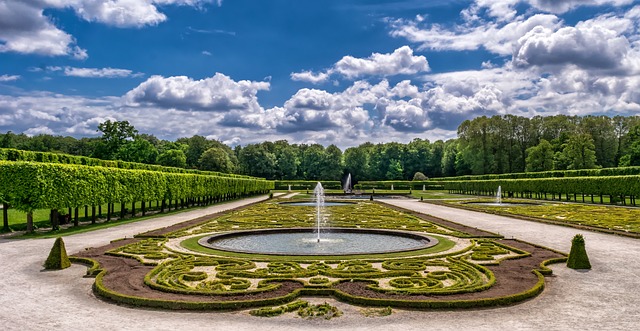
The design of parks and gardens is called landscaping.
Landscaping is a concept with two major uses. On the one hand, the term refers to the art that consists of the planning, design and conservation of parks and gardens .
On the other hand, the notion is linked to the pictorial genre that is dedicated to the representation of landscapes (the extent of land visible from a site).
Landscaping as land design
Landscaping, therefore, can be associated with the set of activities aimed at modifying the visible aspects of a piece of land . The artist who dedicates himself to this task is called a landscape painter .
Landscape designers are responsible for working with living things (such as plants, flowers, and trees), natural elements (a river, a stream, a hill, etc.), human creations (buildings, roads, bridges), and abstract issues (such as environmental conditions). climatological).
By studying these factors, landscaping experts create an environment that is aesthetically attractive . It can be said that the manipulated landscape is the landscaper's work of art , since there he expresses his ideas and feelings.
Beyond the artistic, the landscape designer must also be responsible for protecting the environment and guaranteeing the sustainability of his design.

In painting, landscaping is the genre focused on the representation of landscapes.
Interventions in aquariums
In the same way, we have to emphasize that there are other types of landscaping. Thus, for example, we can highlight the so-called aquarium or aquatic landscaping, which is a term used to refer to all those actions that are carried out with the clear objective of ensuring that any aquarium offers an impeccable and striking appearance, in which The fish not only have a perfect habitat but a truly beautiful setting.
In this sense, it should be noted that experts in this type of landscaping, when designing the appearance and image of any aquarium, take into account aspects such as the use of natural or artificial plants and also rocks as well as colors. of the fish that are in that receptacle full of water.
Landscaping, an artistic genre
As a genre of painting , landscaping consists of the representation of scenes from nature . Paintings or canvases with beaches, mountains and forests are examples of landscaping in fine arts.
Throughout history, many painters have specialized in landscape works. However, among the most significant are the following:
• Pieter Brueghel the Elder (1525-1569), who has among his most important paintings "The Harvest" , "Census in Bethlehem" or "Landscape with Christ and the Apostles on the Sea of Tiberias" .
• Pierre-Auguste Renoir (1841 – 1919). This French painter, known especially for his impressionist side, has left us beautiful works framed within landscaping, such as "La Grenouillere" , "Sunset at Sea" or "The New Bridge" .
• Joaquín Sorolla (1863 – 1923), who made magnificent paintings in this regard such as “Marina” , “Looking for Seafood” or various works that show the beauty of the Levantine landscape.
Landscape painters, however, do not only paint natural images. One can speak, in this sense, of urban landscapes (the representation of cities, with their buildings, streets and inhabitants) or dreamscapes (they reflect images of dreams ).
